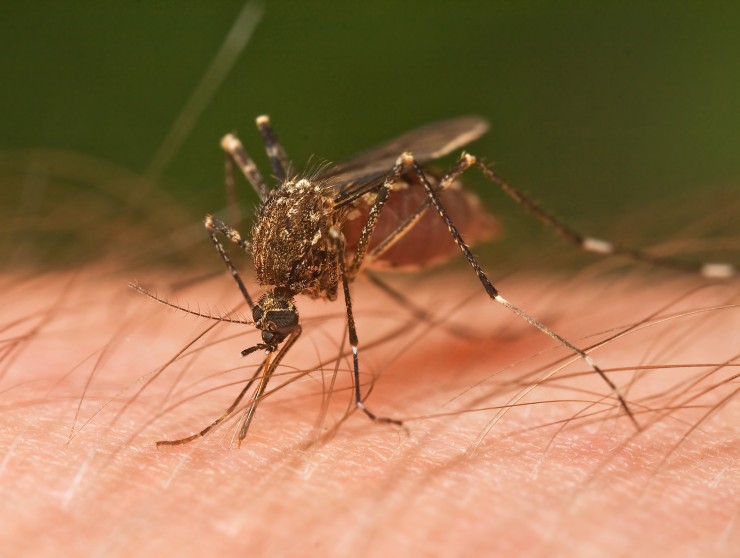
By BECKY KISER
Hays Post
It’s an annual battle for the Hays Parks Department–eradicating the mosquito population.
“A lot of people think ‘Well, the river down here, it’s full of mosquito larvae and that’s where all the mosquitoes are coming from. Or, there’s a pond up here that’s breeding mosquitoes and filling up the city of Hays with mosquitoes,” said Jeff Boyle, Director of Parks.
Actually, mosquitoes don’t like ponds, river, or lakes.
“Predatory aquatic insects live in those areas and they love (to eat) mosquito larvae,” according to Boyle, “so typically, it’s not a good place for mosquitoes to breed.”
The past couple of years as Boyle was out and about discussing tree planting locations or desirable turf types with residents, he took notes of things he saw that are breeding mosquitoes.
“I hope this will open up people’s eyes to what can cause mosquitoes,” he said and then listed a number of examples. “These are all perfect spots for mosquitoes to lay their eggs.”
“Old truck bed liners. I’ve seen an old truck bed liner sitting on the ground by a shed that was holding water and it was completely full of mosquito larvae. Plugged rain gutters on your home are a great place for mosquitos to breed. Wheelbarrows sitting upright capturing rainwater–perfect spots for mosquitoes. Buckets sitting around in a yard capturing water–excellent spot.”
Boyle said he looked at a plastic kiddie swimming pool that was being used as a turtle pond.
“It had no turtles in it. They had abandoned the turtle project but it was still capturing water as the rains came and it was absolutely completely full of mosquito larvae,” he said.
“Trash barrels that don’t have a hole in the bottom of them for the water to drain out–I’ve seen mosquito larvae in those. I’ve seen a vehicle hood that upside down beside a shed that was harboring mosquitoes. Bird baths that were capturing water off a non-guttered building had mosquito larvae in it.
“There’s different species of mosquitoes and their larvae vary in size. If you want to see if they’re in the water, just tap on the side of your bucket, or whatever, and you’ll see a bunch of ‘squirmies’ going through the water.”
Boyle also saw mosquito larvae in open rain barrels.
“Rain barrels are absolutely wonderful for Hays. We need rain barrels. One of the quickest and easiest ways to take care of mosquito larvae in a rain barrel is to drop a pellet into it. The pellets can be bought at local hardware stores.”
The city also uses the pellets for mosquito control.
“These pellets have an organic oil in them and that oil forms a layer on top of the water that seals the mosquito larvae from being able to get air. They come up to get air and there’s a layer of this organic oil on top and they can’t penetrate that oil. Therefore, they starve of oxygen and die,” Boyle explained.
“We go out weekly or bi-weekly with these pellets and we throw them into the ponding areas throughout the ditches all over town,” Boyle said, “including Chetolah, Skyline, Canal, all the major flood ditches.”
The city does not use fogging machine for mosquitoes.
“Those typically do not work, and when they do work, they send the mosquitoes on a feeding frenzy when most people are outdoors. The best time to fog is around 7 at night until about 10 o’clock, and that’s when most people are out and about.
“Plus, fogging is just not good for the environment and it’s not good for human health,” Boyle added.
